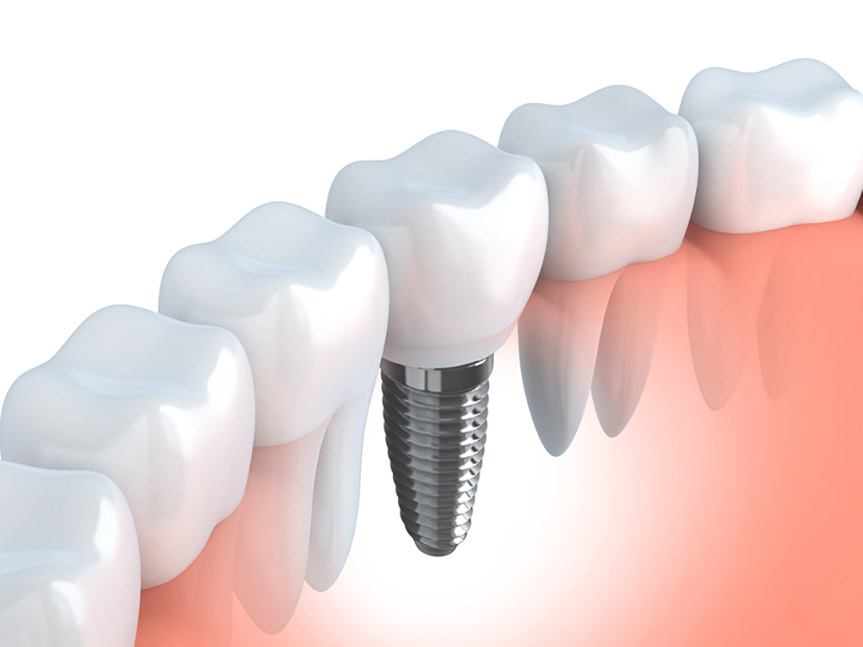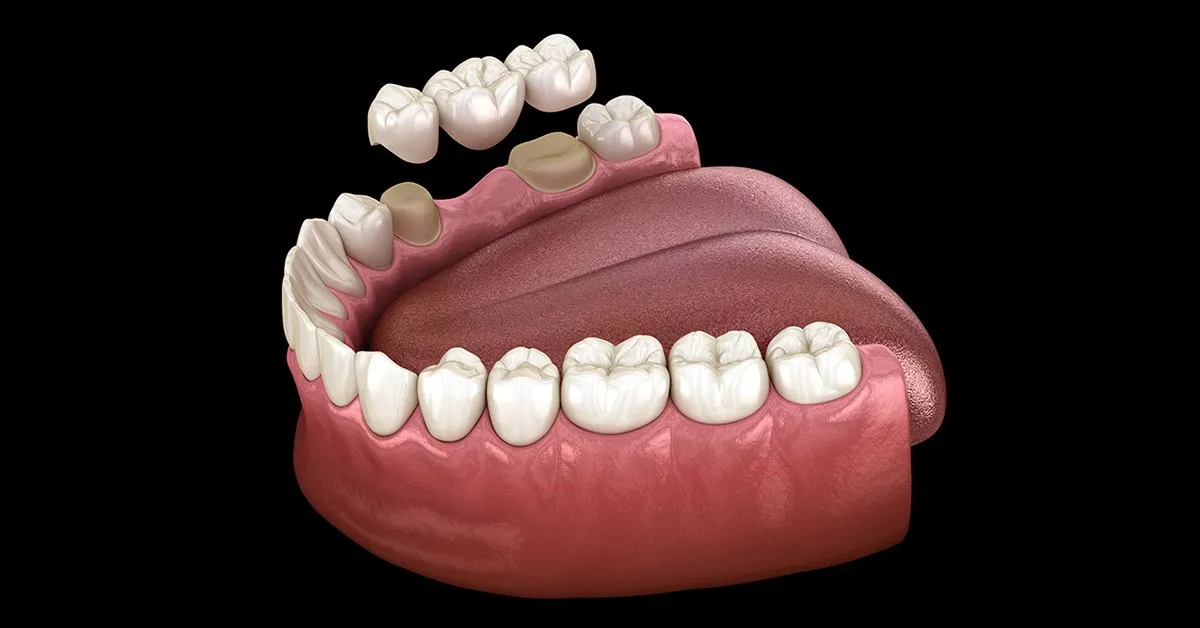When it comes to restoring damaged or missing teeth, dental crowns and bridges are two of the most common solutions offered by dentists. Both options serve specific purposes and can significantly improve dental health, aesthetics, and functionality.
But how do you know which solution is right for you? In this blog, we’ll compare dental bridges and crowns, outlining their uses, benefits, and considerations to help you make an informed decision.
Understanding Dental Crowns
What Are Dental Crowns?
A dental crown is essentially a cap that covers a damaged, decayed, or misshapen tooth. It restores the tooth’s shape, size, strength, and appearance. Crowns can be made from various materials, including porcelain, ceramic, metal, or a combination. They fully encase the visible portion of the tooth above the gum line.
When Are Crowns Used?
- Severely Decayed or Damaged Teeth: When a tooth has suffered extensive decay or damage that cannot be repaired with a filling.
- Root Canal Treatments: To protect and strengthen a tooth after a root canal procedure.
- Large Fillings: When there isn’t enough tooth structure remaining to support a large filling.
- Cosmetic Enhancements: To improve the appearance of misshapen or discolored teeth.
- Cracked or Worn Teeth: To restore teeth that are cracked or severely worn down.
Benefits of Dental Crowns
- Strength and Durability: Crowns provide robust protection for weakened teeth.
- Aesthetic Improvement: Porcelain and ceramic crowns offer a natural look.
- Versatility: Crowns can address a variety of dental issues.
- Longevity: With proper care, crowns can last many years.
Understanding Dental Bridges
What Are Dental Bridges?
A dental bridge is a prosthetic device used to replace one or more missing teeth by “bridging” the gap between two adjoining teeth. It consists of artificial teeth (pontics) anchored by crowns placed on the adjacent natural teeth or implants. Bridges can be made from similar materials as crowns, including porcelain, ceramic, and metal.
When Are Bridges Used?
- Missing Teeth: To replace one or more consecutive missing teeth.
- Preventing Teeth Shifting: To prevent adjacent teeth from shifting into the empty space, which can lead to misalignment.
- Restoring Functionality: To restore normal chewing and speaking functions impaired by missing teeth.
- Maintaining Facial Structure: To prevent changes in facial structure due to missing teeth.
Benefits of Dental Bridges
- Natural Appearance: Modern bridges are designed to look like natural teeth.
- Functional Restoration: Bridges restore the ability to chew and speak properly.
- Preventing Misalignment: They help maintain the alignment of surrounding teeth.
- Non-Surgical: Unlike implants, bridges do not require surgical procedures.
Crowns vs. Bridges: Key Differences
Purpose
- Crowns: Primarily used to repair and protect damaged teeth.
- Bridges: Used to replace one or more missing teeth.
Procedure
- Crowns: Involves reshaping the damaged tooth, taking impressions, and placing a custom-made crown.
- Bridges: Requires preparing the adjacent teeth for crowns, taking impressions, and fitting the bridge that includes the artificial teeth.
Cost
- Crowns: Generally less expensive than bridges because they involve fewer components and steps.
- Bridges: These can be more costly due to the need for multiple crowns and pontics.
Longevity
- Crowns: Can last 10-15 years or more with proper care.
- Bridges: Typically last 5-15 years, depending on the type and care.

Which One Is Right for You?
The choice between a crown and a bridge depends on your specific dental needs:
- Single Damaged Tooth: If you have a single damaged or decayed tooth, a crown is likely the best option.
- Multiple Missing Teeth: If you are missing one or more teeth, especially in a row, a bridge might be the appropriate solution.
- Dental Health: Your overall dental health, including the condition of adjacent teeth and gums, will influence the decision.
- Budget: Consider the cost implications and what your dental insurance may cover.
Conclusion
Both dental crowns and bridges offer effective solutions for different dental issues. So, consulting with your dentist is crucial to determine which option aligns best with your dental health needs, aesthetic preferences, and budget. Remember, with the right treatment, you can restore your smile and enjoy improved dental functionality.


